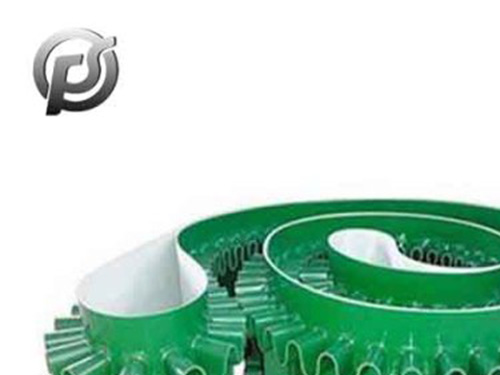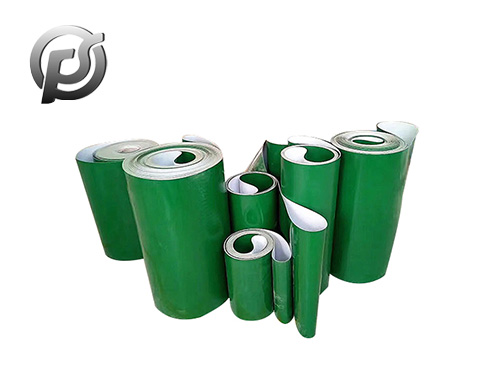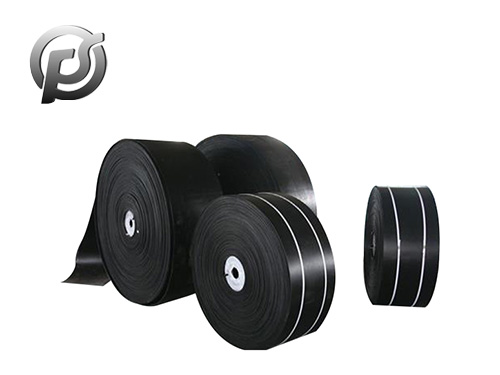Belt deviation of
belt conveyor is the most troubling problem of conveyor, only find out the cause of skin deviation, can solve the essential problem. There are five reasons for this:
1. The belt is damaged and the force is uneven
It is necessary to check the belt conveyor regularly. For the belt with serious wear, it can be directly replaced with a new belt.
2. The installation axis of the supporting roller and roller is not perpendicular to the center of the conveyor belt
Adjust the bearing roller set. Whichever side the belt of the belt conveyor is biased to, the side that is biased to the roller set will move towards the direction of the belt, or move behind the other side
3, the body of the steel wire rope height is not consistent, the conveyor belt joint is not vertical
Adjust the driving wheel or the position on both sides of the driving wheel to balance the tension of the belt. If the adjustment is ineffective, it is necessary to re-connect.
4. Loose belt
Adjust the tensioning device of belt conveyor and adjust its tensioning force to the appropriate range.
5. The tail drum and guide drum are not adjusted properly
If the belt deviation occurs in the guide drum, tail drum, unloading drum, can adjust the head frame, the tail frame of the square iron and bolts, before adjustment to relax the bolts at both ends of the drum shaft to facilitate the adjustment, after adjustment to tighten, the assembly line is a good deviation roller.
6. The belt breaks
When the belt conveyor belt fracture, should be timely cut off the power supply, replace the high strength of the belt, usually should pay more attention to the belt inspection and maintenance.
7. The belt does not turn
The belt does not turn is mainly caused by two reasons, one is the belt conveyor bearing too much, resulting in the conveyor drum device does not turn or idling, the other is the belt conveyor long-term work caused by the belt slack. In the face of these two situations, the user needs to do is: (1) add some resistance material on the outer ring of the roller, increase the internal tension of the belt, (2) add some material on the belt, but not too much, (3) check whether the material on the belt is too much, resulting in overweight, when the belt conveyor belt does not operate is prohibited from placing materials on it.
8. The belt slips
The reasons for the belt conveyor skid are: (1) the belt tension is insufficient, (2) the belt conveyor is loaded too much, (3) the belt conveyor running resistance running resistance increases. The solution corresponding to these three cases is: (1) replace with automatic tensioning device. (2) Control the throughput of the belt conveyor. Stop the machine in time to clean foreign bodies.
 Stone Conveyor Belt: Enhancing Efficiency and Productivity in Material Handling
Stone Conveyor Belt: Enhancing Efficiency and Productivity in Material Handling
 Optimizing Operations with PE Conveyor Belts: Durability, Efficiency, and Versatility
Optimizing Operations with PE Conveyor Belts: Durability, Efficiency, and Versatility
 Exploring the Efficiency and Versatility of Light Conveyor Belts
Exploring the Efficiency and Versatility of Light Conveyor Belts